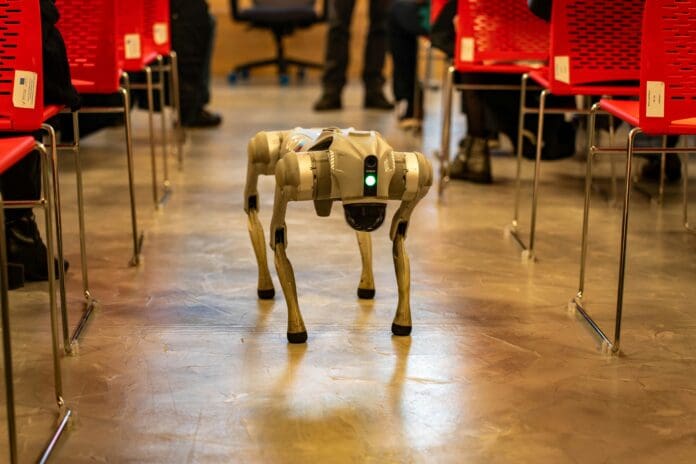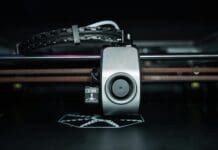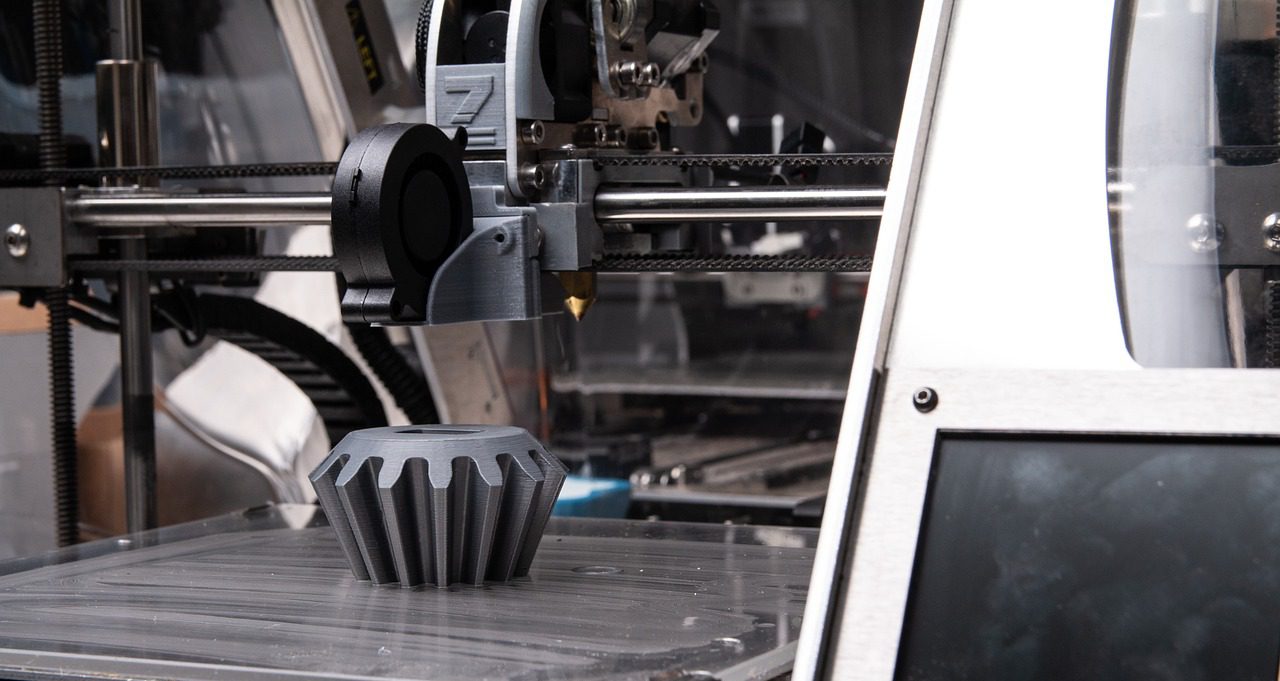This post is also available in:
 עברית (Hebrew)
עברית (Hebrew)
A new quadrupedal robot has been introduced at major customs checkpoints in southern China, designed specifically to carry out radiation detection in high-risk cargo inspections. The system is part of a growing trend in the use of robotic solutions to handle hazardous tasks with greater precision and minimal risk to personnel.
This compact robot, roughly 65 centimeters in length, mimics the movement of a dog and is equipped with five radiation sensor modules. Beyond its core detection capabilities, it also includes tools for gas monitoring, temperature and humidity measurement, video surveillance, and audio-visual recording. The combination of these sensors allows it to function as a mobile inspection unit in complex and potentially dangerous environments.
According to Interesting Engineering, during a recent test, the robot autonomously approached a container that had triggered a radiation alert. It collected samples from ten specific points and processed the data. By comparing the readings to baseline values, it accurately identified the source of radiation and quantified exposure levels—without any human involvement near the container.
Radiation exposure remains one of the most critical hazards in customs and emergency response. High doses can lead to DNA damage, acute radiation syndrome (ARS), or long-term health risks such as cancer. Using robotic platforms for these missions significantly reduces exposure risks while maintaining operational effectiveness.
The robot’s deployment also reduces the need for time-consuming manual inspections, which often require officers to scan containers under potentially hazardous conditions. This system not only speeds up the inspection process but also enables continuous operations with minimal human oversight.
Authorities are now considering expanding its role beyond hazardous materials. Plans include using the robot for routine container checks and facility patrols.
Similar robotic platforms have already proven valuable in past nuclear incidents. These technologies underscore a broader shift toward robotics in environments where safety and precision are paramount.


























